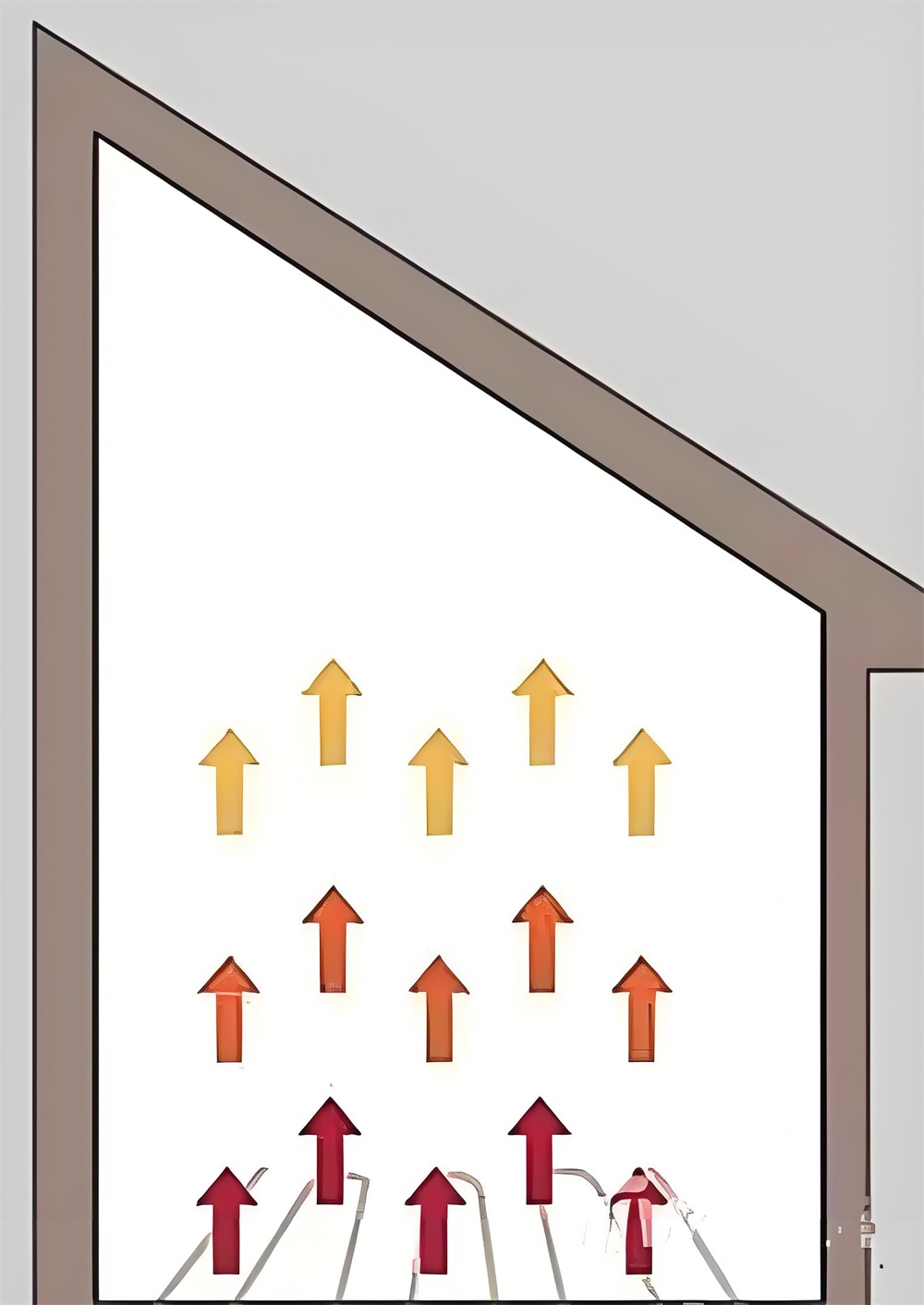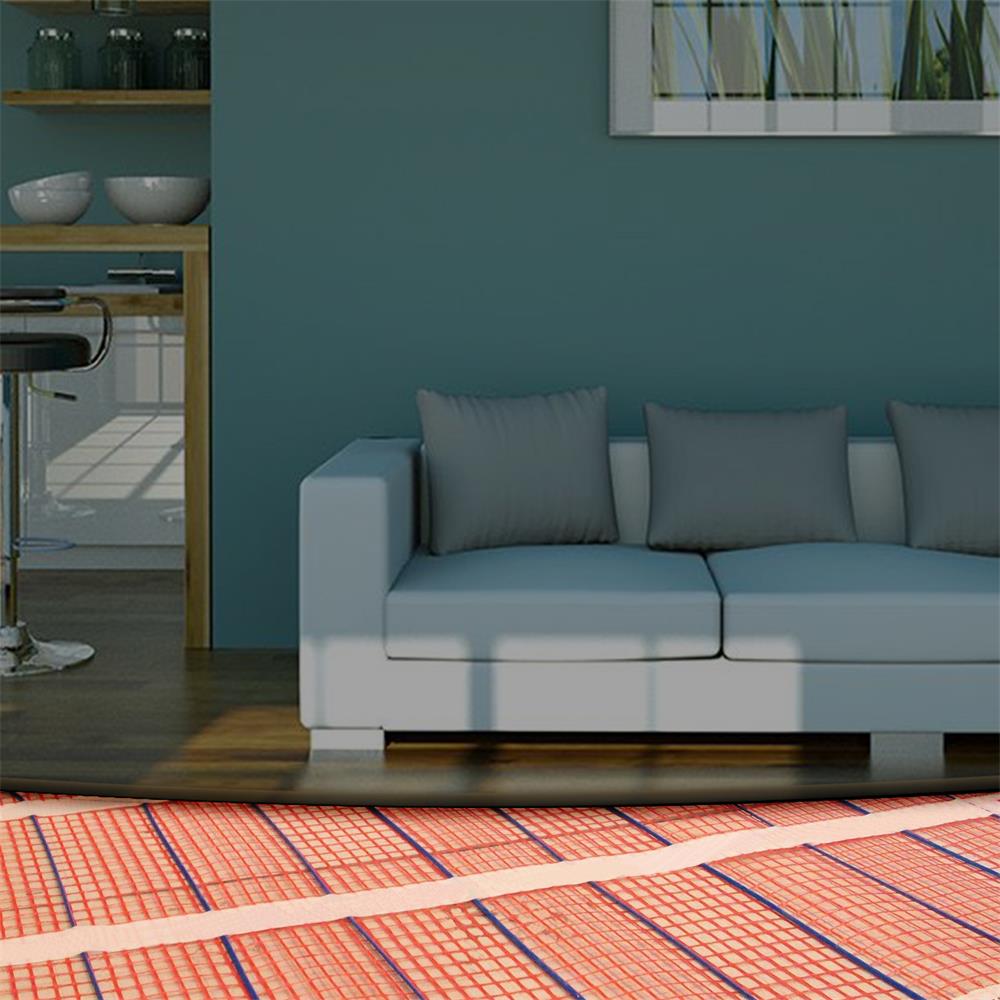Underfloor heating is being employed by more and more people, so how does the underfloor heating system work? How does it work? Let's find out.

Underfloor electric heating system, as the name suggests, is the electric heating element installed under the floor, through the way of electric conversion to generate heat, so as to provide uniform, comfortable, lasting heating for the room. This heating method can not only save space, but also keep the indoor environment clean and tidy, and more importantly, it provides a more healthy and environmentally friendly heating method.
So how does an underfloor heating system convert electrical energy into the warmth we can feel? The secret lies in how it works. In short, the process can be summarized into three basic steps: electrothermal conversion, heat conduction, and heat convection.Electric heating conversion is the starting point of underfloor electric heating system. When the system is turned on, the heating elements installed under the floor begin to work, which are usually heating cables or heating films made of special materials. These electric heating elements, when energized, produce joule heat, which is the conversion of electrical energy into heat. This step is the foundation of the entire heating process, but also the most critical step.

Heat conduction is the bridge of heat transfer. The heat generated is conducted through the floor material. Different floor materials, such as tile, wood flooring or composite materials, have different heat transfer efficiency. But no matter what kind of material, the heat will be evenly transferred from the electric heating element to the floor surface, which makes the floor itself become a large cooling surface.

Finally, there is heat convection, which is the way heat is transferred to the indoor environment. As the floor surface temperature rises, the nearby air is heated and rises, forming air convection. This natural phenomenon carries heat to all corners of the room, while forcing cold air down near the floor to be heated up again, creating a circulating heat convection system. In this way, the temperature of the entire interior space will gradually increase to reach the preset comfortable temperature.

With the advancement of science and technology, the underfloor heating system is also constantly optimized and upgraded. Some of our underground electric heating systems can now be controlled remotely via a smartphone app, allowing users to turn on the heating early on the way out and enjoy a warm hug when they get home. Other systems use more advanced insulation materials and more efficient electric heating elements to reduce energy consumption and improve heat conversion rates.

The working principle and working process of the underfloor electric heating system not only shows the charm of modern technology, but also provides us with a warm and comfortable living environment. In this cold winter, when we enjoy the warm floor, perhaps we will more deeply understand that warmth begins with the steps, and technology makes this warmth more possible.













